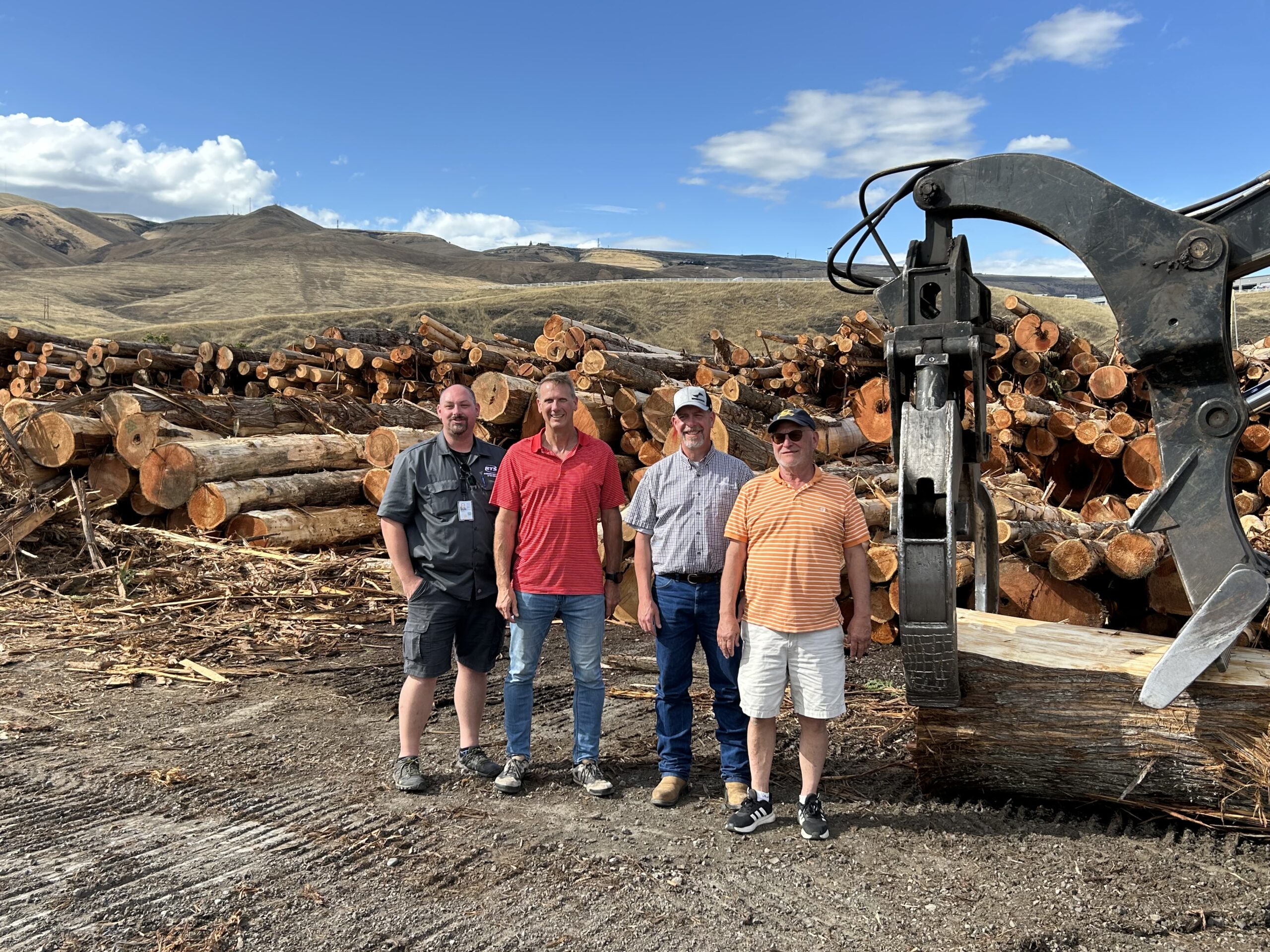
By Gary Williams, Executive Director of UMWA
Returning from the exchange tour the UMWA team took on the Columbia and Snake rivers, I have been thinking about what we learned from those stakeholders – about their river, and interestingly, about our own.
The comment moreover from our team after each stop was how these stakeholders are a model of what can be achieved and the positive impacts a variety of stakeholders can have (certainly forged stronger through a common devastating attack if it came to fruition, breaching the dams of the Snake River with ultimate designs on the Columbia).
Opportunities
The economic case of energy generation being connected to dams really stood out. Particularly as a case for sustaining the river as a navigable channel through maintaining locks and dams. The economic benefits of energy generation create a formidable argument beyond commercial movement of goods. We should engage those with an idea toward energy generation, realizing this component can be important to the working waterway. Seeking out and championing point-to-point moves, a component the U.S. Maritime Administration (MARAD) has specific grants to help with, is another area our regional organization can help foster and nurture.
Engagement outside of Commercial Traffic
Commerce has a tendency to throw a side look at recreation, and vice versa. It’s easy to focus on kayakers or other leisure boats as being a danger, rather than seeing them as an ally. These recreationalists are much like roadway users – they can be engaged to better understand the importance of the “other” traffic on the river and the vitality it brings to communities lining the river – because they are already users of the river themselves. Further, outreach and education can go a long way to understanding the role and function of locks and dams, and why they help make recreation enjoyable (and even possible in some sections).
The cruise lines bring a very important component for our river – a clientele that does not spend their life on the river. It’s also a captive audience to learn what happens on these rivers related to commercial importance, ecology, agriculture and economic vitality for those located near these waterways. We heard from the jet boat captain who took us through the Lower Granite Lock and how they have boat loads of passengers they take to Hells Canyon. They spoke of the opportunity that gives them while they are on that trip or aboard their cruise vessel to learn about the river these visitors are on for a week in their lives. Think of giving your message to that number of people, and a large percentage retelling it to relatives and friends when they fly back home.
Moreover, they are voters, and their voice of support to decision makers and influencers on policy and for investment in the Upper Mississippi is important.
Collaboration and cooperation
Through the commonality of opponents poised to change the river in a negative way, the stakeholders of the Columbia and Snake river (C-S) have become unified in their messaging, and working together for the cause of keeping these rivers utilized. Our team often remarked how the rigors of competition, daily issues and a history of “keeping heads low” along the Upper Mississippi gives quite a contrast today to the sharing and collaboration among stakeholders on the C-S.
Telling our narrative
The word of warning we heard at every stop was that if you don’t tell your narrative, someone else will create it for you. When that narrative fails to consider the positive impacts of a working river, you must not only work harder for your narrative to be heard, but also pull apart the false or negative narratives. These stakeholders wanted us to know that the legal costs, outreach and thousands of hours of time consumed after they were deep in the hole were comparative to an ounce of prevention, avoiding a pound of cure.
Organizational friendship
When taking into account that the PNW Waterway Association is a regional organization, focused upon the navigational channel more than half the size of the Upper Mississippi river navigational channel, there are noteworthy similarities and comparatives that can benefit both organizations. We don’t overlap and compete for members, and both rivers have sought different pathways – whether it be with the U,.S. Army Corps of Engineers, other organizations, or in the day-to-day operations on our two rivers. The long period of time of both rivers operating with little attention paid to the other gives us now the capability to compare what is working well on one river, and what could be more successful on the other. This natural friendship and idea sharing was evident when UMWA hosted their stakeholders to visit our river system and was magnified in our exchange visit.
Applying and relating our learning
There are many more takeaways from the exchange tour, and I look forward to our team sharing those learned experiences and informative discussions to help our own association navigate the remainder of the year and beyond. I hope as members, you will ask questions and engage that team of Cassandra Caldwell, Greg Genz, Brandon Phillips and Jeff Steiber.
Gary Williams can be reached at gwilliams@agmgmtsolutions.com
